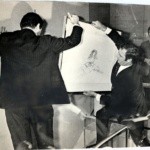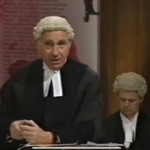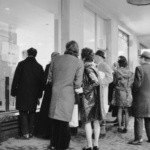John Lennon’s graphic drawings of himself having sex may have escaped conviction for obscenity because of feared ramifications across the art world, newly-released files show. There were worries that art collections throughout the country could have fallen foul of the law if the case succeeded.
The decision to charge gallery owner Eugene Schuster for displaying eight lithographs by the former Beatle depicting himself and his wife Yoko Ono in various sexual poses led to one of the most sensational court cases of 1970.
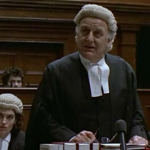 At the last minute, lawyers for the Director of Public Prosecutions (DPP) decided to bring the case under an obscure piece of 19th century legislation, the Metropolitan Police Act 1839, rather than the Obscene Publications Act. The switch led to the case being thrown out by Marlborough Street Magistrate’s Court on April 27, 1970 on a technicality. The decision to alter the prosecution after the original warrant was issued under the Obscene Publications Act was never properly explained. However the DPP’s original file, released to the National Archives at Kew in London, suggest that one of the reasons may have been concerns over the effect that a successful prosecution could have had on other art collections. It was even suggested that the Queen’s art collection may not be immune from police attention. The file preserves a letter from one artist, PFC Fuller of Maidstone, Kent, setting out the worries of the art world.
At the last minute, lawyers for the Director of Public Prosecutions (DPP) decided to bring the case under an obscure piece of 19th century legislation, the Metropolitan Police Act 1839, rather than the Obscene Publications Act. The switch led to the case being thrown out by Marlborough Street Magistrate’s Court on April 27, 1970 on a technicality. The decision to alter the prosecution after the original warrant was issued under the Obscene Publications Act was never properly explained. However the DPP’s original file, released to the National Archives at Kew in London, suggest that one of the reasons may have been concerns over the effect that a successful prosecution could have had on other art collections. It was even suggested that the Queen’s art collection may not be immune from police attention. The file preserves a letter from one artist, PFC Fuller of Maidstone, Kent, setting out the worries of the art world.
“If the subject matter forms the basis of the prosecution’s case, this will be the first of many such actions your department may well have to cope with,” he wrote. “There are thousands of prints by Rembrandt Van Rin (to name but one artist) depicting sexual intercourse, so at least one such print will figure in all the important State and private collections.”
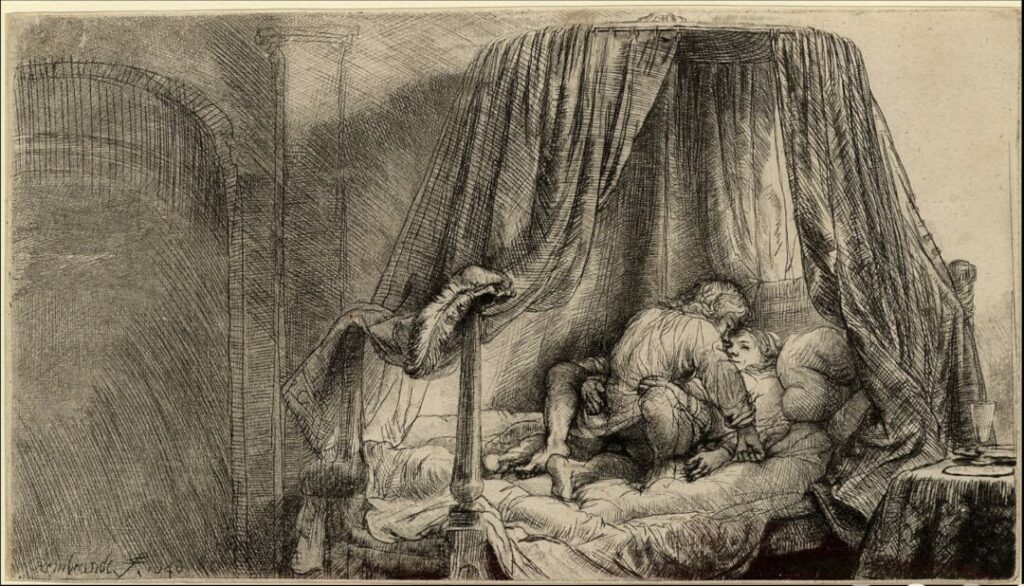
Although it is not clear from the files whether Fuller’s letter was behind the change, the released papers suggest his arguments were taken seriously. The case was eventually dismissed, three weeks into the trial, after the magistrate St John Harmsworth ruled that the gallery did not constitute a “public place” under the terms of the Act.
